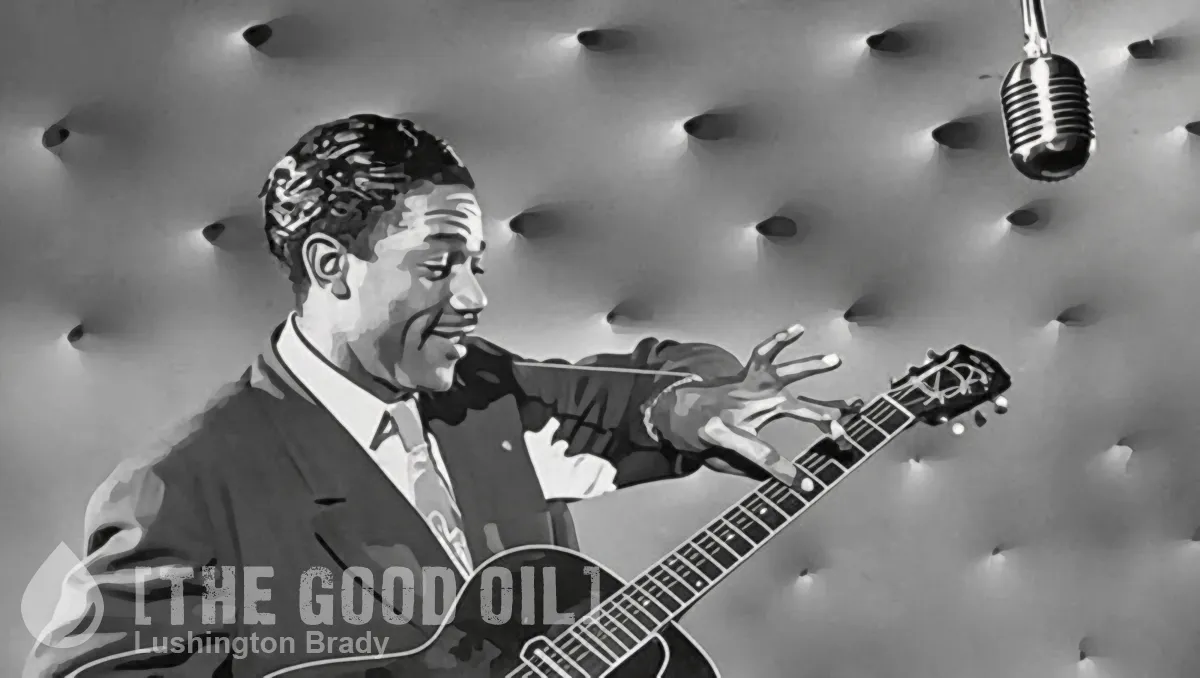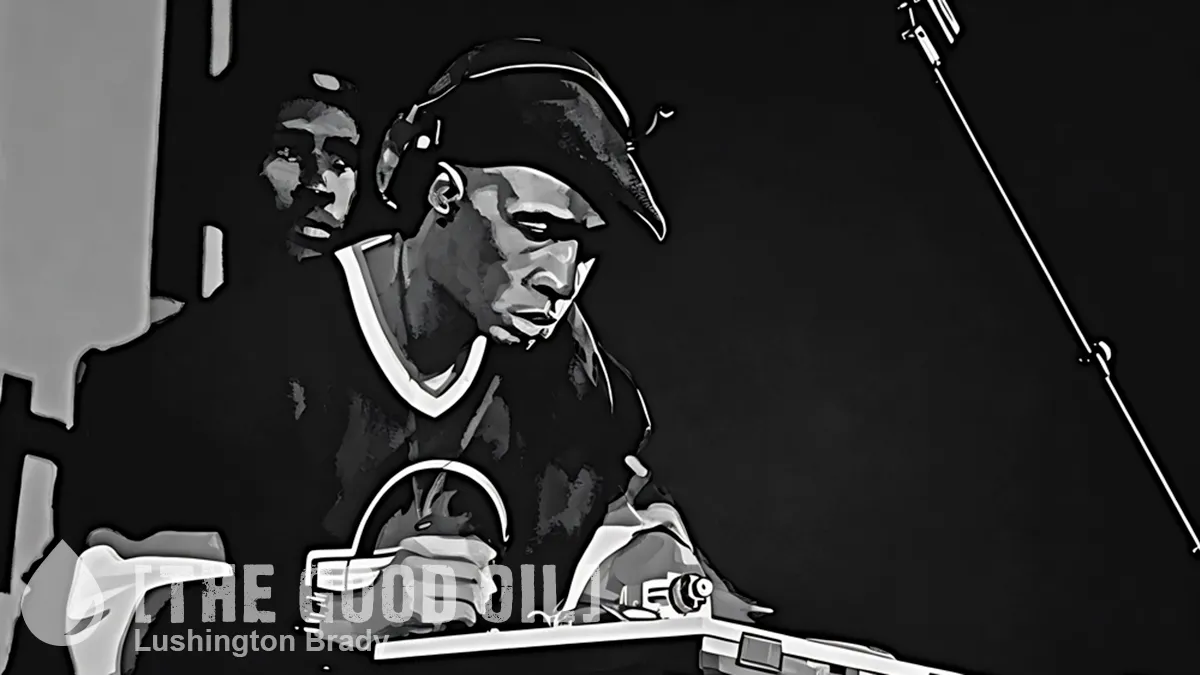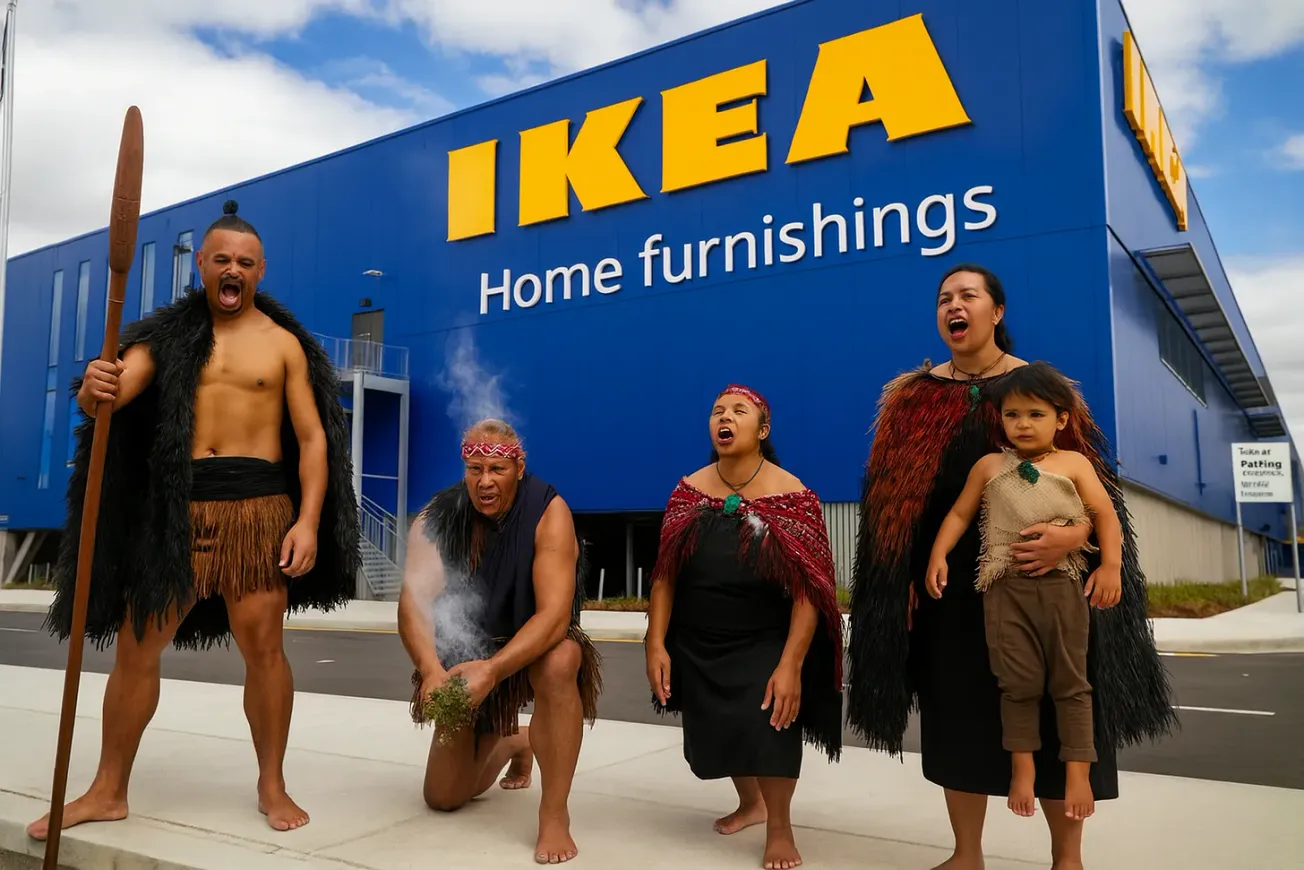Connor Vasile
fee.org
Connor Vasile is a first-generation American and writer who wishes to raise awareness about classical liberal ideas which empower every individual, no matter their background or experience, to live their best lives and fulfill their goals.
If you look up “capitalism fights racism” in Google, the top search results will show articles like: “Is Capitalism Racist,” “Capitalism without Racism: Science or Fantasy,” and, “The Rise of Capitalism and the Emergence of Racism.”
Reading those titles, it would seem as if the most triumphant economic model the world has ever seen is rooted in a racist, hegemonic structure meant to benefit society’s overlords. It’s a good thing we have Google to open our eyes to this inhuman system.
Facetiousness aside, (post)modern Western society views capitalism as the very ugly elephant in the room; it doesn’t want to admit that it’s a crucial cog that keeps civilization functioning, and would rather oggle pipe dreams like socialism through heavily rose-tinted glasses.
We are led to believe that the free market is the force responsible for so much of the injustice, racism, and inequality seen in the modern world. But is this true?
What Capitalism Has Done
The fact of the matter is, capitalism as a system has always been a force for good, and this includes the tumultuous history of the United States. Even during the eras of Reconstruction and Jim Crow, periods that saw rampant civil rights abuses perpetrated on black communities, capitalism was the saving grace, helping people rise above their situation, the adversity they faced, and a culture still reeling from the effects of civil war.
As Milton Friedman stated in his book Capitalism and Freedom:
“It is a striking historical fact that the development of capitalism has been accompanied by a major reduction in the extent to which particular religious, racial, or social groups have operated under special handicaps in respect of their economic activities; have, as the saying goes, been discriminated against.”
With forces in social media, legacy networks, and the government working towards undermining the idea that capitalism is a force to promote individual liberty and agency, it’s important to revisit a few stories of how the free market lifted people out of poverty and combated racism.
‘The Father of Harlem’
Philip A. Payton (1876-1917) was a 20th Century black real estate entrepreneur from Harlem, New York. De facto segregation was still present in American cities at the time. Manhattan was no exception. With his acquisition of brownstone units after a number of white families moved out, Payton acted to provide more housing to black renters in the Upper West Side. Considering the racial tension of the time period, it’s safe to say the landlords weren’t too happy about this.
Hudson Realty Company aimed to resegregate the area by buying out the black-owned units and evicting the tenants. Payton returned the favor to white-owned units, and offered them to previously evicted black renters. Payton prevailed in the end as Hudson Reality gave up its goal of resegregation. Later attempts were made by real estate associations that used race qualifications to prevent black families renting, but were also soundly beaten by Payton and other black entrepreneurs who were inspired by his example.
Payton’s Afro-American Realty Company grew to $1 million in assets and helped numerous black families move to areas they wanted to live in—not just where the city relegated them to. He used the free market and the demand for better housing to provide a service to his community. Despite the racial obstacles, Payton prevailed because, at the end of the day, he understood that discriminaton is no match for the will of the people. As he once advertised: “The very prejudice that has heretofore worked against us can be turned and used to our profit.”
The Queen of Cosmetics
Sarah Breedlove was born in Louisiana, just four years after the Emancipation Proclamation was signed by President Abraham Lincoln. Having been orphaned at the age of seven and forced into domestic servitude to survive, Breedlove had a very grim outlook early on for her life. She would later recall how she, “…had little or no opportunity when I started out…having been left an orphan and being without mother or father…”
Despite this, Breedlove would go on to work hard and eventually develop her own hair care line. As the African American market was largely neglected at the time, Breedlove seized the opportunity to cater to a growing demographic, and began to sell her own hair products.
She would later be (famously) known as ‘Madam C.J. Walker’ after marrying Charles Walker in 1906. Much like freshly tapped oil, her business expanded rapidly, finding traction in black communities throughout the country. A small-time operation grew to include a factory, a beauty school, and a hair salon. C.J. Walker was known to hire women for top management and staffing positions, something unfathomable at the time. At the height of the company, it’s noted that several thousand women were employed as sales agents, and countless more trained in hair care.
Madam Walker’s company would have been worth around $10 million in today’s currency. She is the first recorded self-made woman millionaire in American history—an incredible feat on its own merit, but even more amazing once you factor in that she lived during a time when blacks were still seen as second-class citizens. Walker took the adversity she experienced and built a business literally from the ground up. Without the underlying culture of entrepreneurship and the free market system, who’s to say if her company would even have been formed at all.
Mail-Order Fought Jim Crow
The march to liberty which culminated in the Civil Rights Act of 1964 conjures up images of marches, sit-ins, and MLK’s famous speech at the National Mall. A lesser-known aspect was the rise of alternative markets that helped push back against racist economic policies, which ultimately sought to constrain, not promote, markets. Under Jim Crow, black communities were restricted in their public purchasing decisions. They were prevented from going to certain stores, restaurants, and communal places. If they did manage to buy goods from a white-owned store, they were met with racist remarks, condescending tones, and even predatory pricing.
Sears revolutionized the buyer’s experience with the use of catalogs, allowing consumers to mail-order goods to their homes. This put the company at an enormous advantage by expanding their market, serving many thousands more customers than a typical brick-and-mortar shop could. Taken for granted today, the idea of ordering and receiving your product without leaving your house was a novel—and potentially life saving—invention for 20th Century families.
This innovation allowed southern Blacks to order items otherwise unavailable at their segregated stores. With mail-order, black customers also didn’t have to experience the racism and inhumanity they experienced during some public outings; they could order what they wanted when they wanted, just like the average white at the time. Capitalist innovation not only worked to benefit the companies involved, but also served to bring value to diverse communities; in this case, it acted as an escape for so many black consumers constrained by Jim Crow.
Something to Remember
These are only a few stories of how free market capitalism helped push people above the racism they often lived under. The legacies of Madam Walker, Philip Payton, and many other 20th Century black entrepreneurs live on to this day. With multi-millionaires and billionaires like Rihanna, Beyonce, Kanye West, Drake, Oprah Winfrey, Tyler Perry, Jay Z, Michael Jordan, it’s clear that capitalism is a socioeconomic force that empowers people to innovate to better themselves and their communities, as opposed to being the purveyor of modern racism and injustice, as Google would lead you to believe.
This article was originally published on FEE.org. Read the original article.









